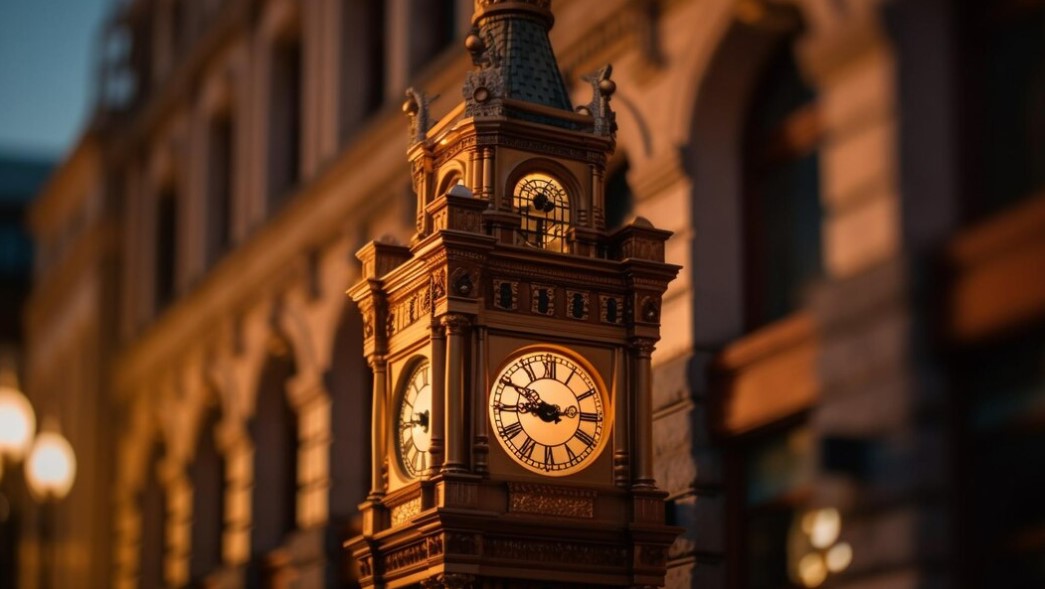With the rise of the internet and digital marketing, it seems like more traditional advertising strategies have fallen in disgrace, however, some of these still remain as powerful as if they were in their prime. Transit OOH advertising – ads on buses, taxis, planes, and other vehicles – has proved to remain very effective at reaching audiences of all ages and backgrounds.
It makes a great opportunity to place ads to families, commuters, students, tourists and attract attention to your company. Transit and vehicle advertising offer numerous options: buses, cabs, bikes, aeroplanes, tube stations, underground, subways…
For those who are not familiar with marketing channels, transit advertising offers two equally effective possibilities: indoors and outdoors.
Indoor transit advertising refers to all kinds of ads located inside the vehicle. Nowadays we can find them in a multiple of means of transport, taxis, underground. And they come in a different variety of formats: posters, audio and screens. Outdoor advertising refers to all kinds of ads placed on the outside of vehicles and transportation shelters, they can be located either on the sides of the vehicles or on the roof. They are still very effective thanks to the very powerful impactful nature of large mobile advertising devices, and if your ad is creatively powerful will also increase brand awareness among your target audience. Conversely, it allows you to run campaigns at frequent intervals of time, implementing a more brand recognition by running unfrequent messages.
- Around 30 million people see an ad on a bus every week(TGI)
- OOH advertising reaches 98% of the UK population (Route)
- 61% of consumers had seen ads on buses within the last 7 days(TGI)
- 29% of adults use buses to commute for a minimum of an hour a week (TGI)
- 83% say to remember OOH advertising they saw within the last 30 min of going shopping (Outsmart, Window of Influence, 2011)
- Most UK adults spend 70% of their time out-of-home (Source: TGI)
- Among those aged between 25 and 34, there is a 35% of those who have actually seen advertisement either inside or outside within the last 7 days. (Source: TGI)
What is transit advertising?
To get started, transit advertising refers to any form of advertising or marketing materials that are placed on any means of transportation or public transportation areas. This includes taxis, airports, inside and outside buses, bus stops, bicycles, all vehicles in generals including trucks, vans, trains.
- Around 30 million people see an ad on a bus every week(TGI) Statistic – Fact Transit advertising is especially powerful in urban areas and airports where footfall traffic is very high. It is especially effective for local advertisers that wish to increase their companies popularity or brand recognition. However it works great at sporting events too and it is very effective for both corporations and small businesses. For example, people visit a store within five minutes of having seen an OOH advertisement.
- OOH advertising reaches 98% of the UK population (Route) Statistic – Fact Transit advertising and other formats of out of home marketing actually can cover most of the country. Since the rise of the internet, many marketers have increased their budgets to digital channels mainly, partly thanks to the fact that it is easier to monitor, change and track the campaign ́s results. However, transit advertising is still a very powerful method to reach an audience. And unlike digital banners, commuters pay more attention to OOH banners than digital ones as when browsing online, there are many more distractions and banner popping up.
- 61% of consumers had seen ads on buses within the last 7 days(TGI) Statistic – Fact
- 29% of adults use buses to commute for a minimum of an hour a week (TGI) Statistic – Fact According to Big Data analyst (Analytics & Data), transit advertising has a high impactful rate and many passers-by remember to have seen ads up to 7 seven after being exposed to them. Transit advertising is still quite effective actually more than half percent of consumers remember an advertisement they saw with the last week. Also, consumers trust more OOH advertising than digital display banners. OOH advertising focuses on customers when they are on the go, and transit ads target those who are travelling or waiting for a means of transportation. OOH can be very effective for both small businesses or large corporations.
- 83% say to remember OOH advertising they saw within the last 30 min of going shopping (Outsmart, Window of Influence, 2011) Statistic – Fact
- Most UK adults spend 70% of their time out-of-home (Source: TGI) Statistic – Fact Buses can make a great spot for exterior advertising but they also provide great results when ads are used on their inside element. Most professionals have to spend quite some time commuting a day, in fact, almost thirty per cent of them use buses to commute at least one hour a week. Considering how impactful it could be, transit advertising might become a very effective way to increase sales, revenue or building brand recognition.
- Among those aged between 25 and 34, there is a 35% of those who have actually seen advertisement either inside or outside within the last 7 days. (Source: TGI) Statistic – Fact
Using impactful images with limited text create a more lasting memory in the consumer’s mind.
According to Outsmart and the advertising agency Top Media, most people remember an OOH ad they saw within a thirty-minute time frame of going to the shop. Unlike digital ads, OOH ad, especially transit advertising, works better at driving people’s attention.
While digital users get lots of different banners and ads at the same time while they might receive email or other distractions.
When consumers are outdoors, they are less distracted giving outdoor banners a higher impact rate than digital banners and pay per click ads.
According to statistics from the Outdoor Advertising Association of American, transit advertising is by far the cheapest form of advertising, it costs 15 cents per thousand impressions.
Obviously, the most expensive media is television where a thousand impressions would cost an average of 20 dollars, about 20 times more expensive than transit advertising.
Radio and newspaper cost $5.92 and $11.66 respectively for 1000 impressions.
Transit advertising is very powerful at driving audience’s attention and the most popular example of an effective vehicle campaign is probably movies.
The film industry uses very frequently and effectively bus advertising to reach audiences and drive them to cinemas.
Most of us spend a lot of time outdoors, which is the main reason why OOH advertising is so relevant still today, digital does not reach 100% and in many occasions, digital users are exposed to multiple ads and distraction at the same time. To fully reach audiences at a 100% rate, a combination of both digital and OOH advertising would be the most optimal strategy. Besides, both media work very well together as OOH advertising is really good at driving consumers online.
Transit advertising demographic statistics in the United Kingdom
The graph above shows the comparison between bus users and non-bus users. This could be very helpful when establishing a new campaign as it provides deep insights on what kind of audience bus advertising can reach.
As you can see bus demographic users statistics are quite even, for example, commuters from low income and upper middle income too are frequent bus users. It is the higher levels of income where people tend to use buses is lower, up to 8% of people whose income is over 55K a year use buses.
Transit advertising examples to live
King Kong Bus Ad
This is a perfect example of a transit ad that is absolutely attractive and is memorable to both pedestrians and commuters. The images create a visual representation of King Kong pawn squeezing the bus. It is so realistic and visually attractive that it is impossible not to look at it. By seamlessly implementing an ad on the medium, King Kong advertisers managed to create an impactful ad that attract pedestrians attention enormously. This is a perfect example of both creative and effective advertising.
Absolut Bloody Campaign
Absolut, one of the popular names when it comes to vodka, was founded in 1879 by Lar Olsson Smith in Sweden. And it started by challenging the Stockholm ́s liquor monopoly with his vodka. This challenging and entrepreneurial spirit is mainly reflected in its advertising campaigns: brave, distinctive and creative. I personally love this campaign, not only it is absolute dating creativity but also it is really striking at passers-by and commuters. Absolut ́s advertiser ́s changed several bus marquees and turned them into something more sophisticated. It could be considered a form of street art but used to advertise one of the most famous vodka drinks in the world.
X Games bus campaign
The X Games in Munich 2013 decided to hire Kit Walter associates to design its advertising campaign and the team came up with a really interesting, creative and amusing way to grab people’s attention by using bus wheels as a skateboard ones. I think this ad is fantastic and definitely make people watch. I love how the advertisement seamlessly combines a skateboard with the bus to create an impactful image of the X Games. 3. Compilation of best transit advertising examples The following video contains the 40 most creative and impactful transit advertisements I have ever seen. It is an absolute example of creativity and inspiration and it is definitely worth spending 4 minutes watching it. I am a passionate, friendly and dedicated expert marketing consultant who loves helping companies grow and dominate their markets.




